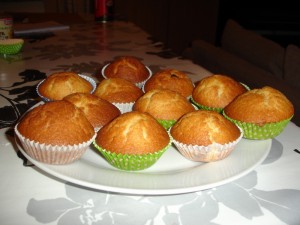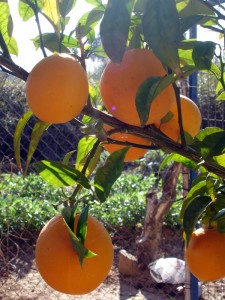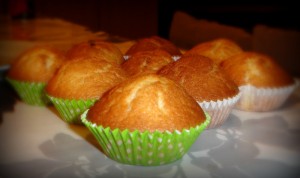Before you start to learn Spanish grammar you ,need to familiarise yourself with some grammatical terms.
Look at this sentence:
The boy reads an interesting book at home.
He reads an interesting book at home.
Each word has a grammatical term :
The – definitive article
boy – noun (it is the subject of the sentence)
reads – verb
a – preposition
interesting – adjective
book – noun (it is a direct object in the sentence)
at – preposition
home – noun.
He – pronoum
Articles always go in front of the noun and agrees with it in gender and number. Grammatical name given to the word “THE”.
In many circumstances where the definite article is necessary in Spanish , it is omitted in English.
Las mujeres están en el partido – Women are present in the party.
Using Spanish articles will take practise , since quite a few situations require their use in Spanish but not in English.
Nouns designate people, places, actions, things, events and concrete or abstract ideas, and so on. Example: Tom, boy, London, chair, cat…
In Spanish nouns are either feminine or masculine, grammatically speaking. Sometimes this classification will not make sense to the English-speaking learner of Spanish.
A verb is a word that describes an action ( example: eats, slept, is going).
An adjetive can have two functions:
It can complement the noun it follows , completing its meaning with various characteristics and qualities.
Example: Don’t you want that big , inexpensive bag?
The can also limit or determine a noun.
Example: My watch is not working. / This rose has a strong fragance.
Adjectives must agree in gender and number with the noun. Therefore djetives are either feminine or masculine, singular or plural, acording to the noun they modify.
A Preposition is a connector. It links a noun, a pronoun, or a phrase to other words in a phrase or sentence.
Example: They work for me. / They are travelling through Spain.
Spanish prepositions can present a challenge to English speakers .You will need to acquire them gradually.
A pronoun is a word that stands in place of a noun.
Example: I, you, he , she…..
A conjunction is a word that links parts of a sentence . The most common conjunctions in English are “and” and “but”.
The subject is the name given to the person or things doing the action.
Relative pronoun is a word that links one part of the sentence to another. In English the relative pronouns are “ who”, “whom”, “which”, “where” and “that”
Example: I gave him all the money that I earned.



